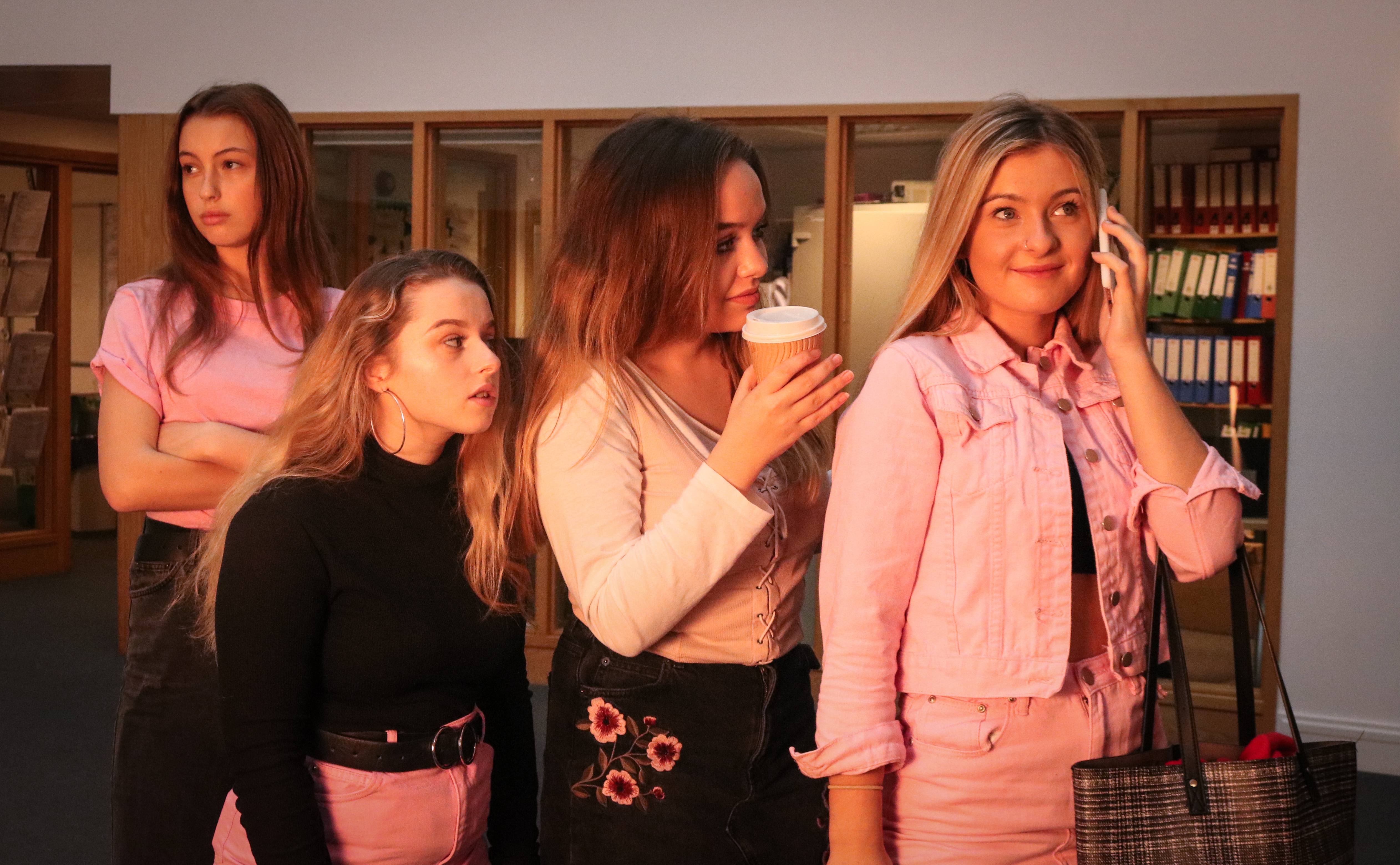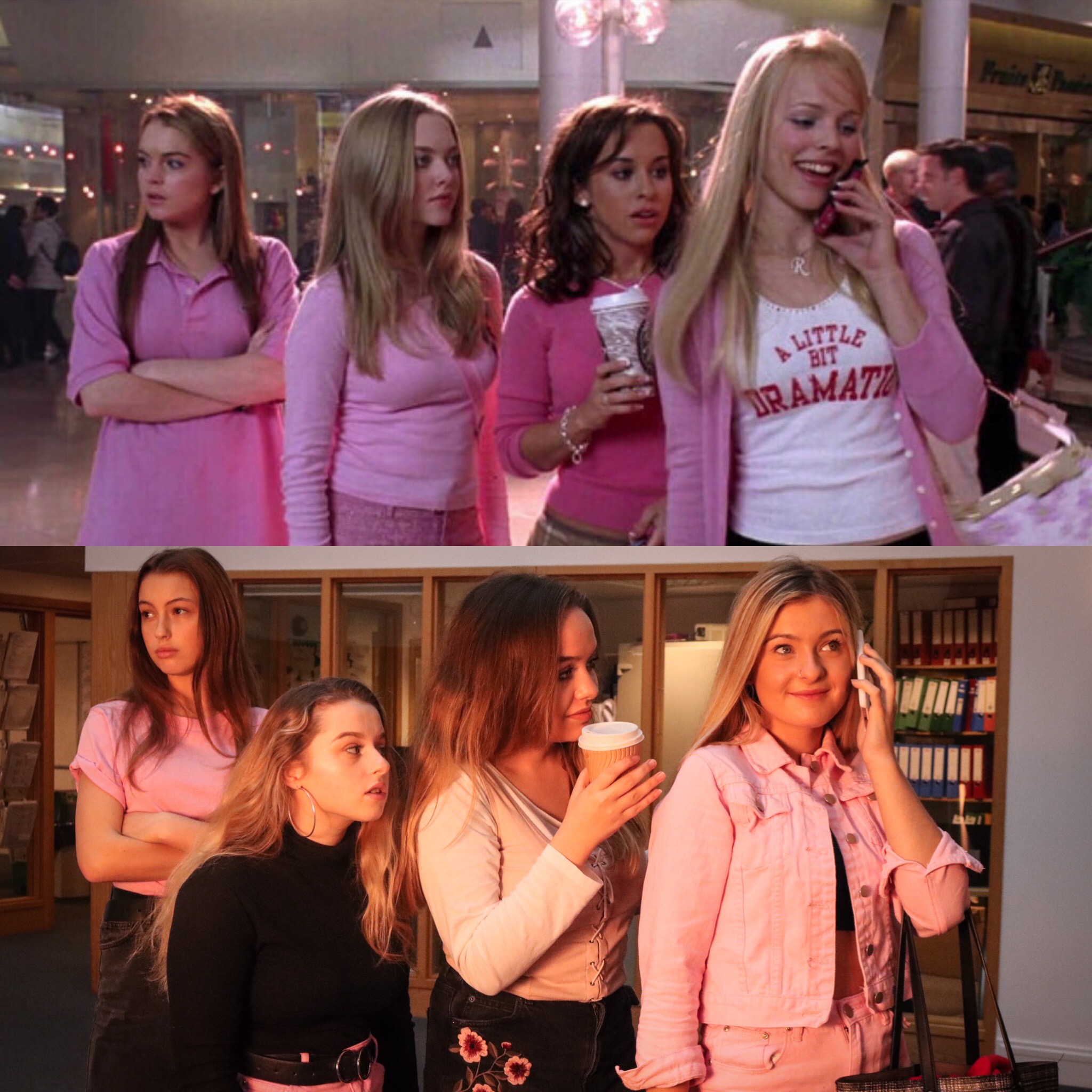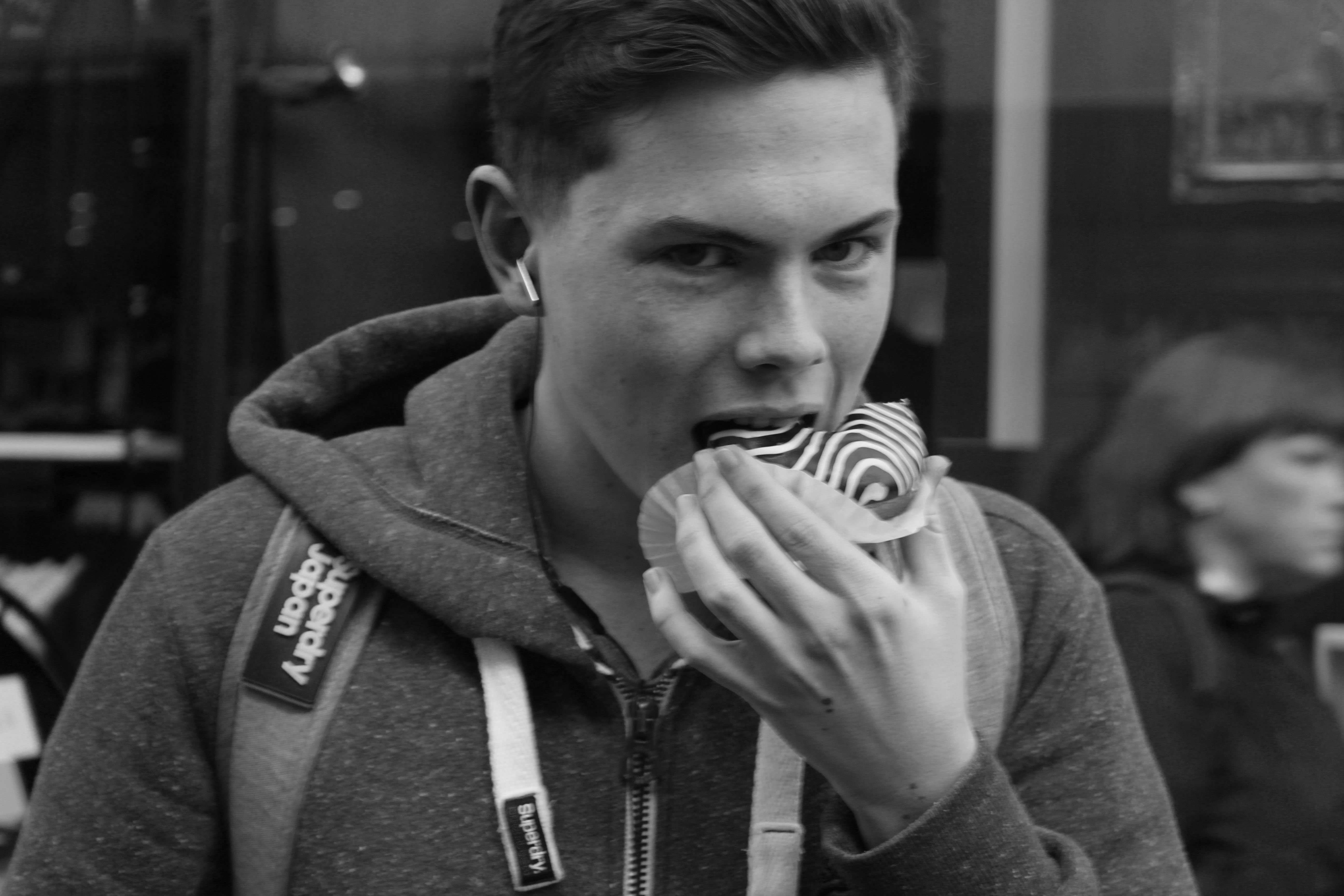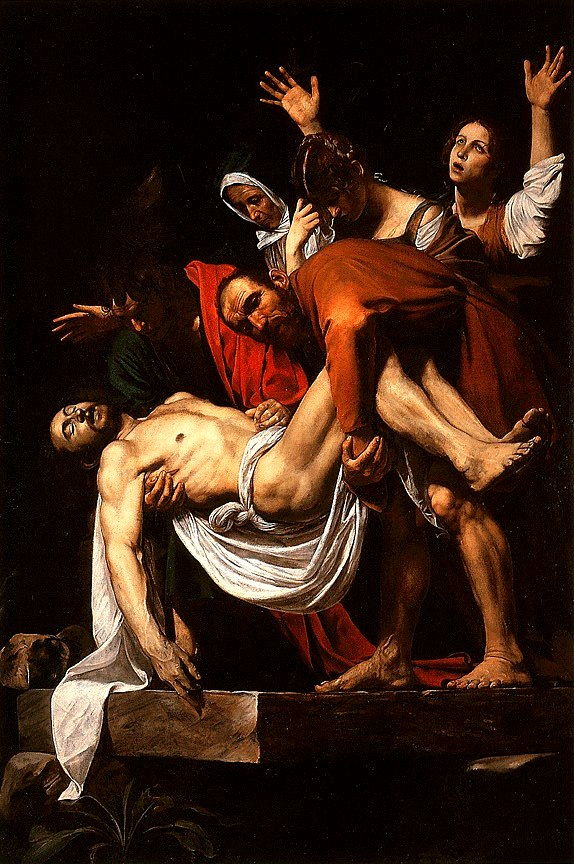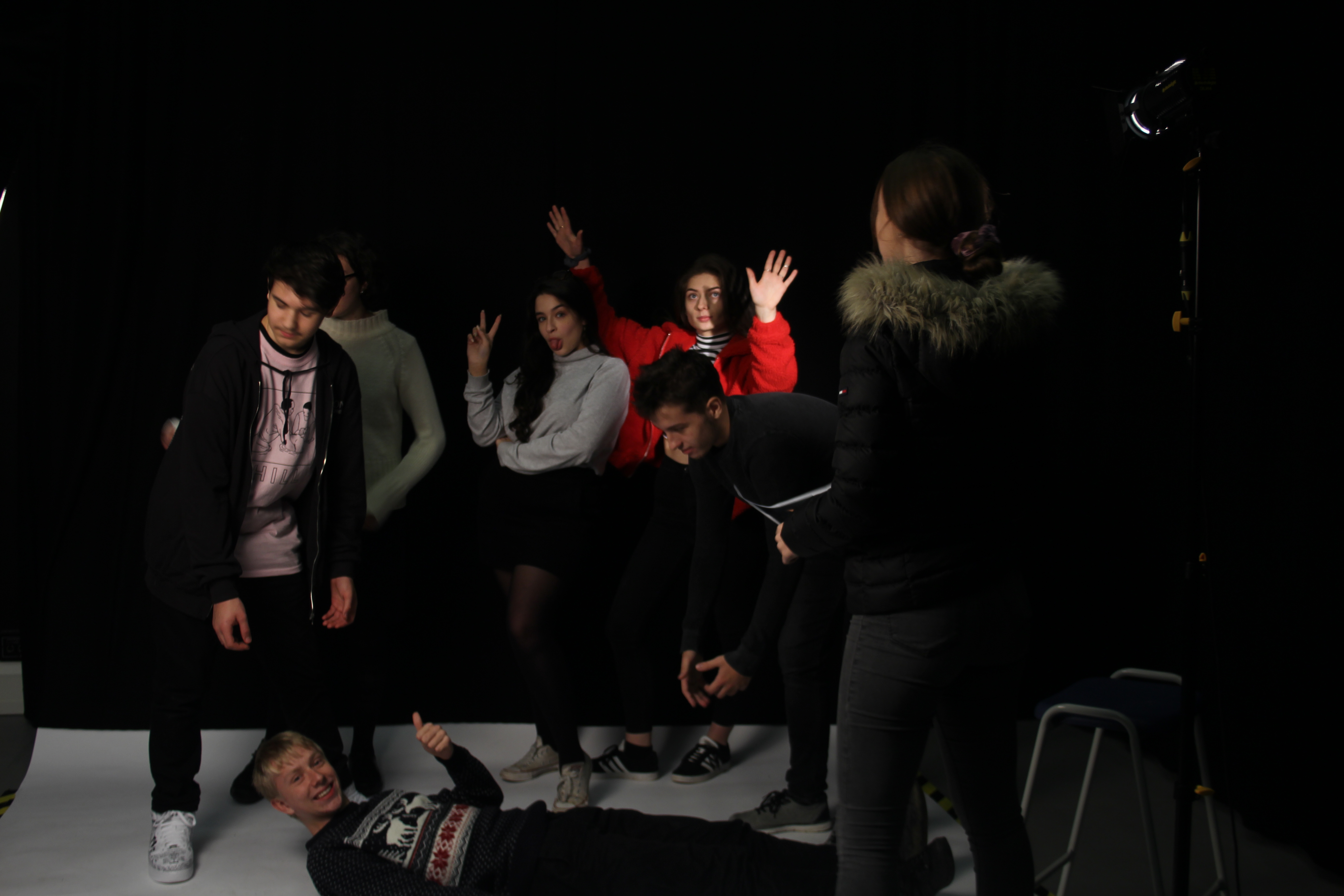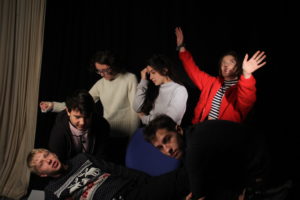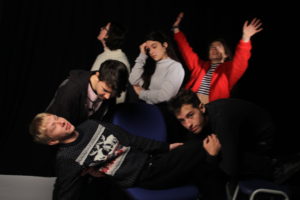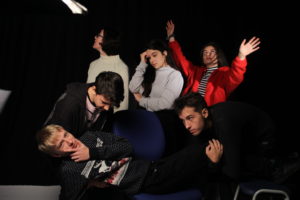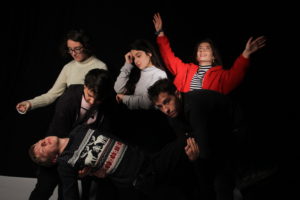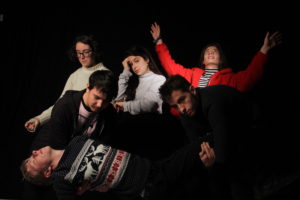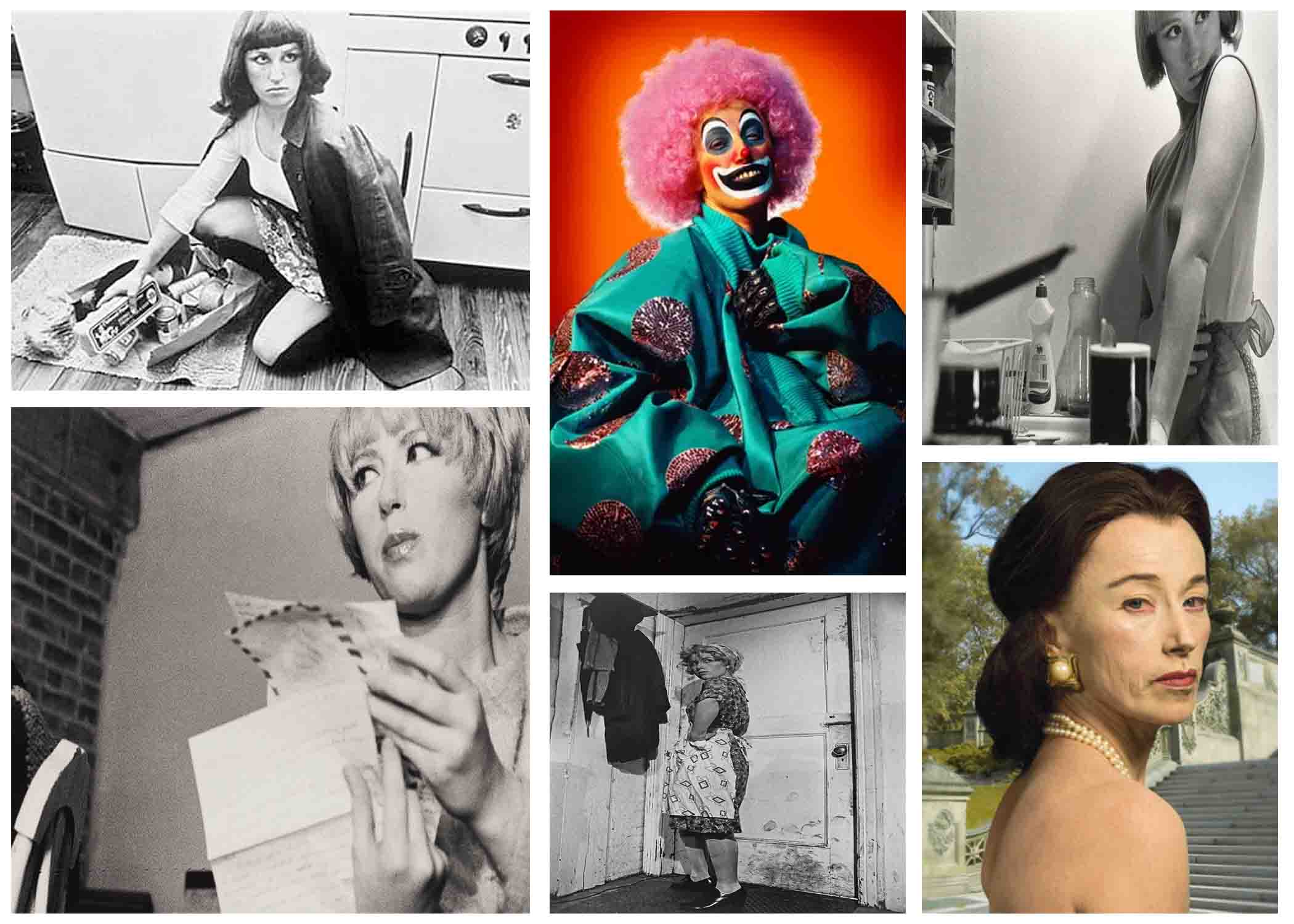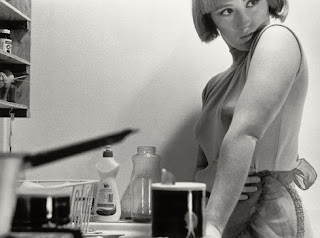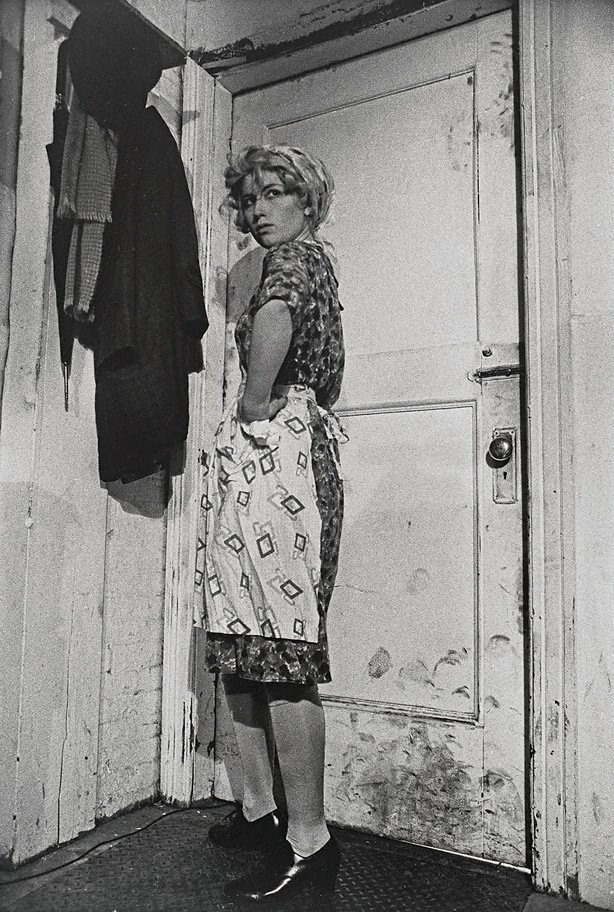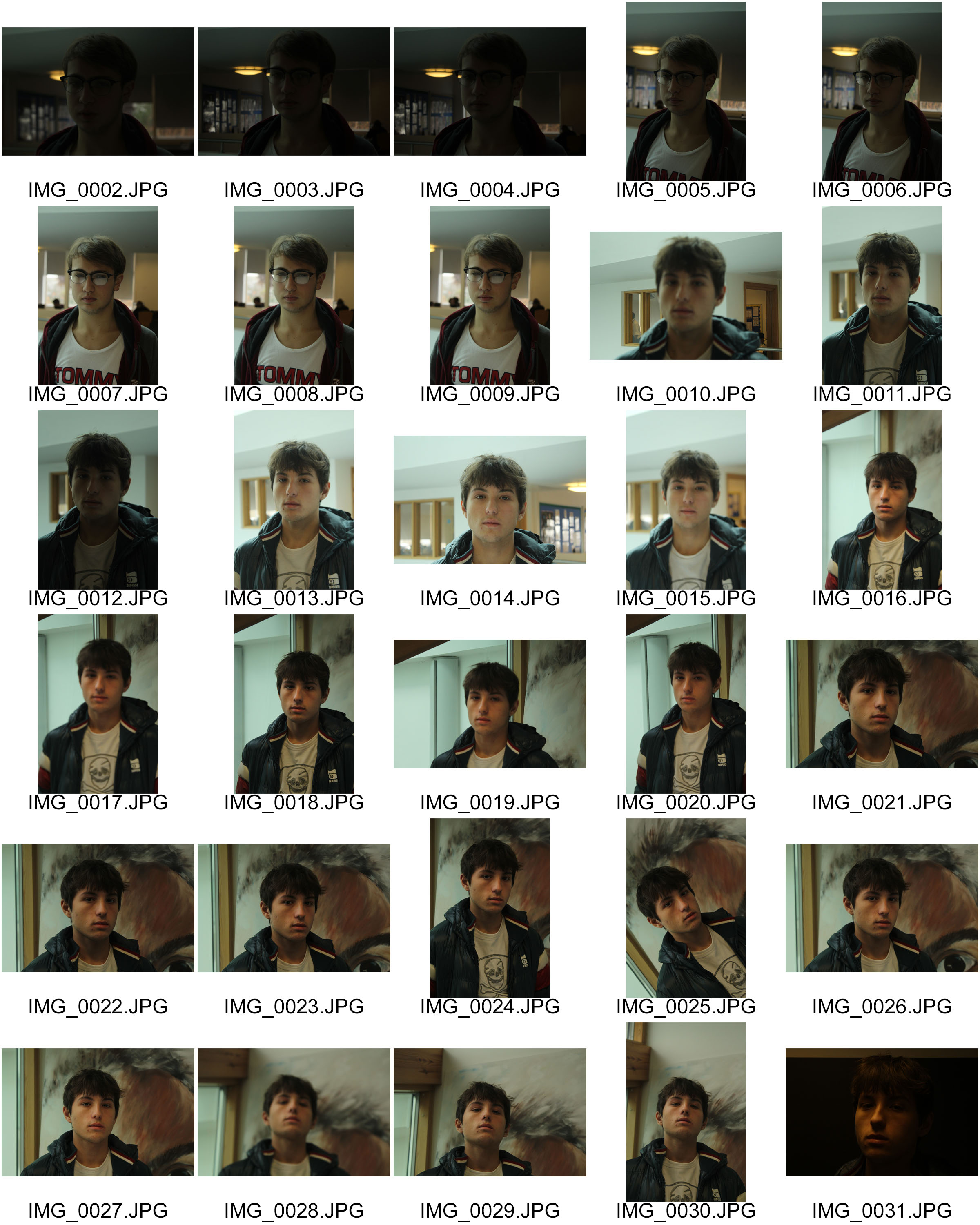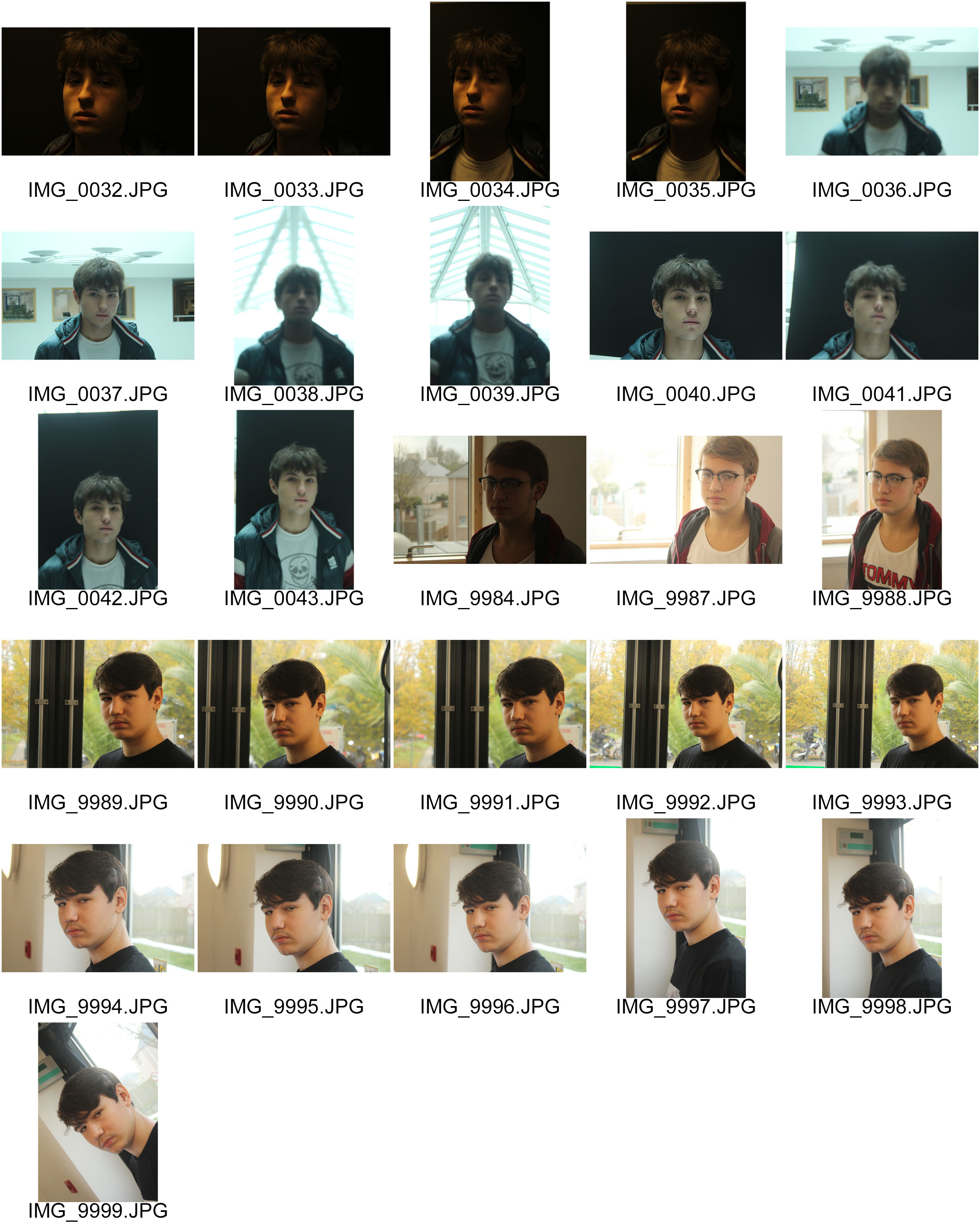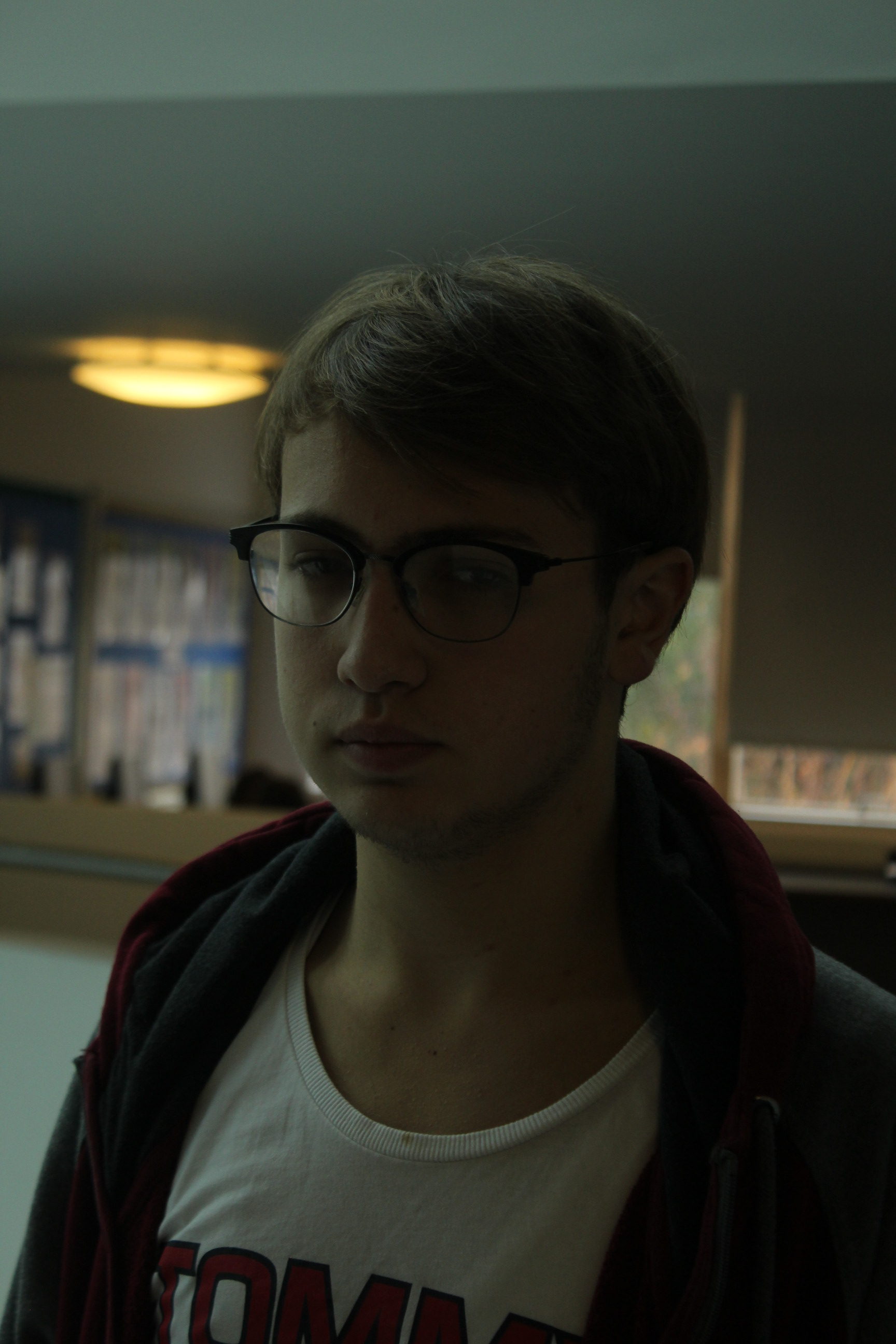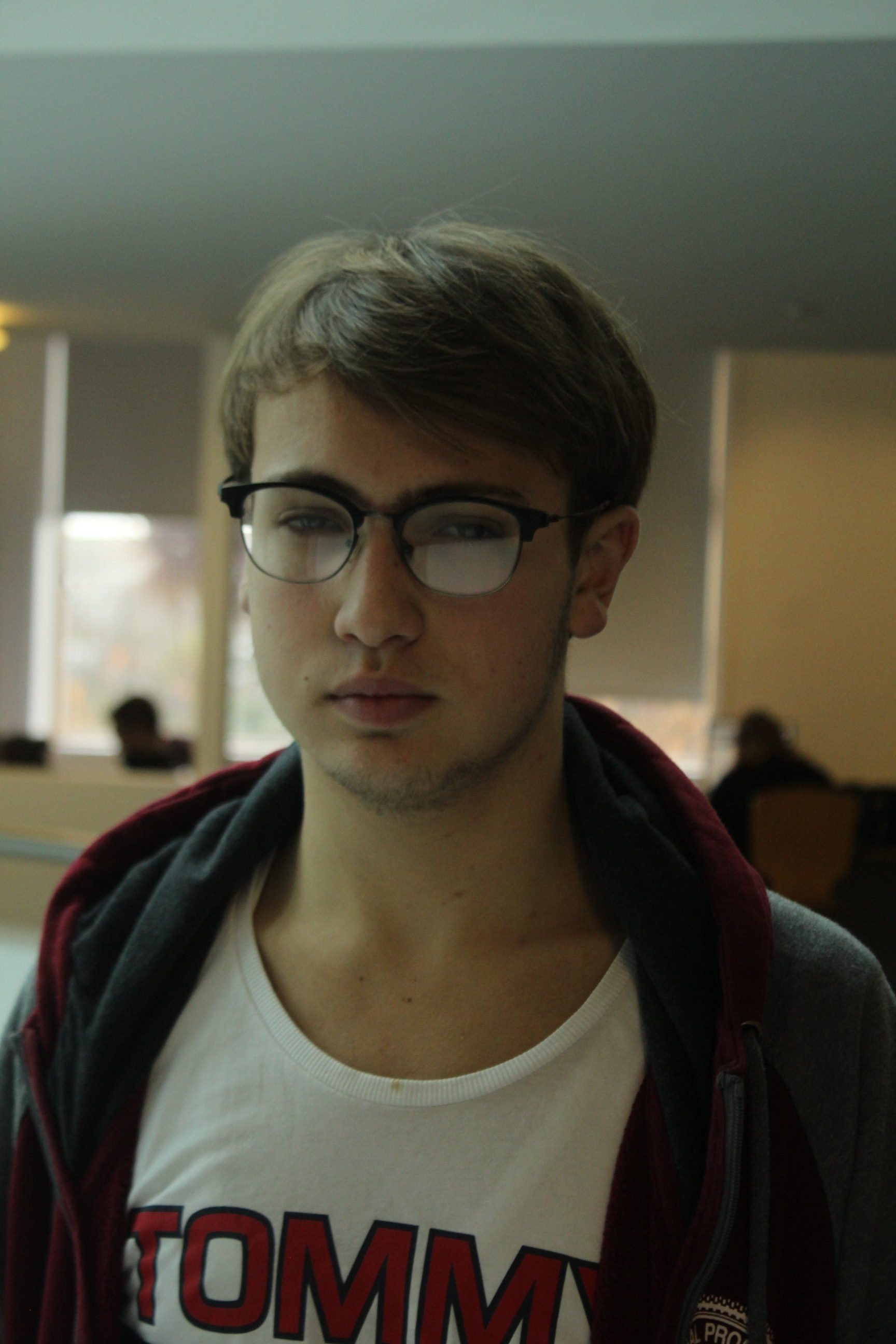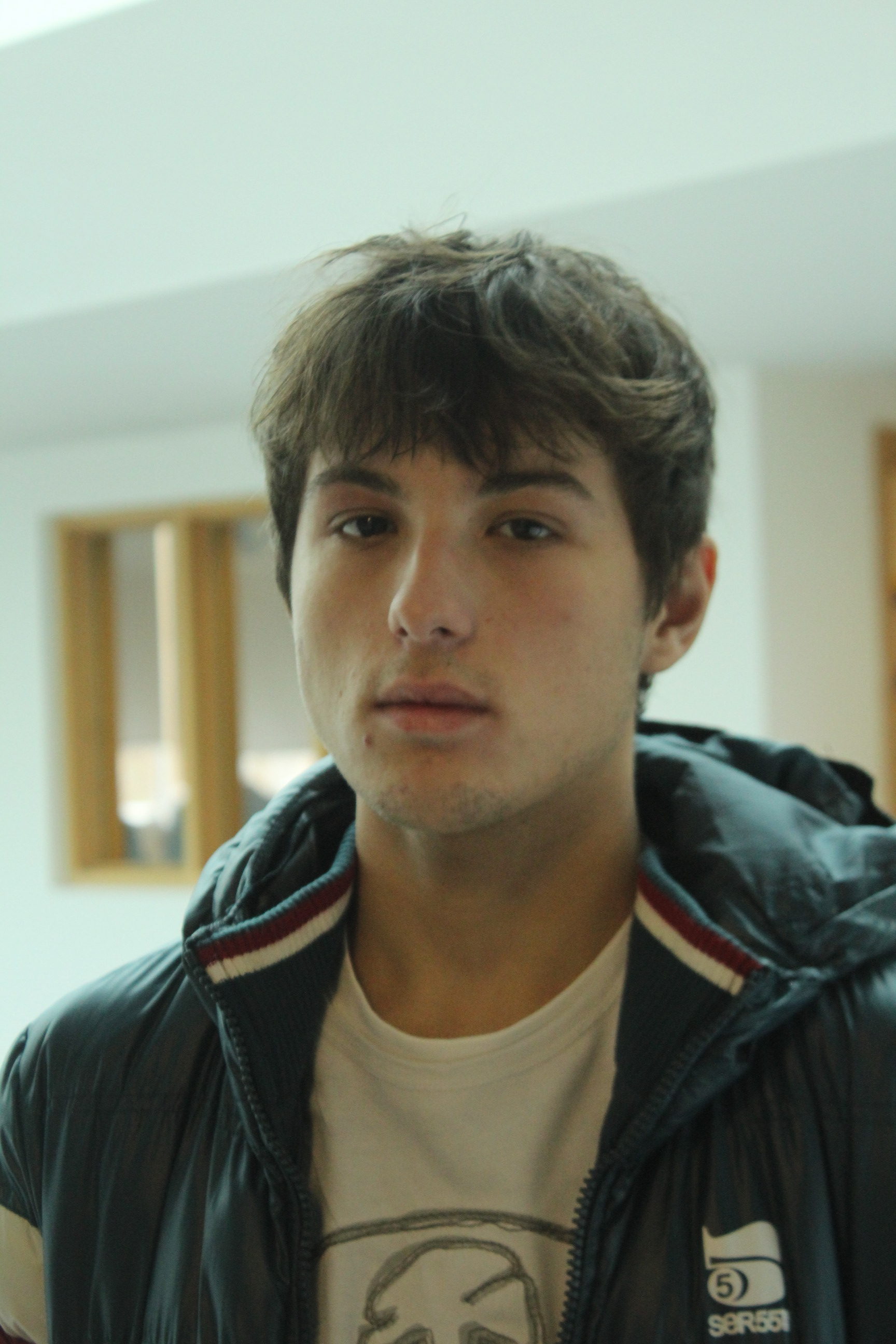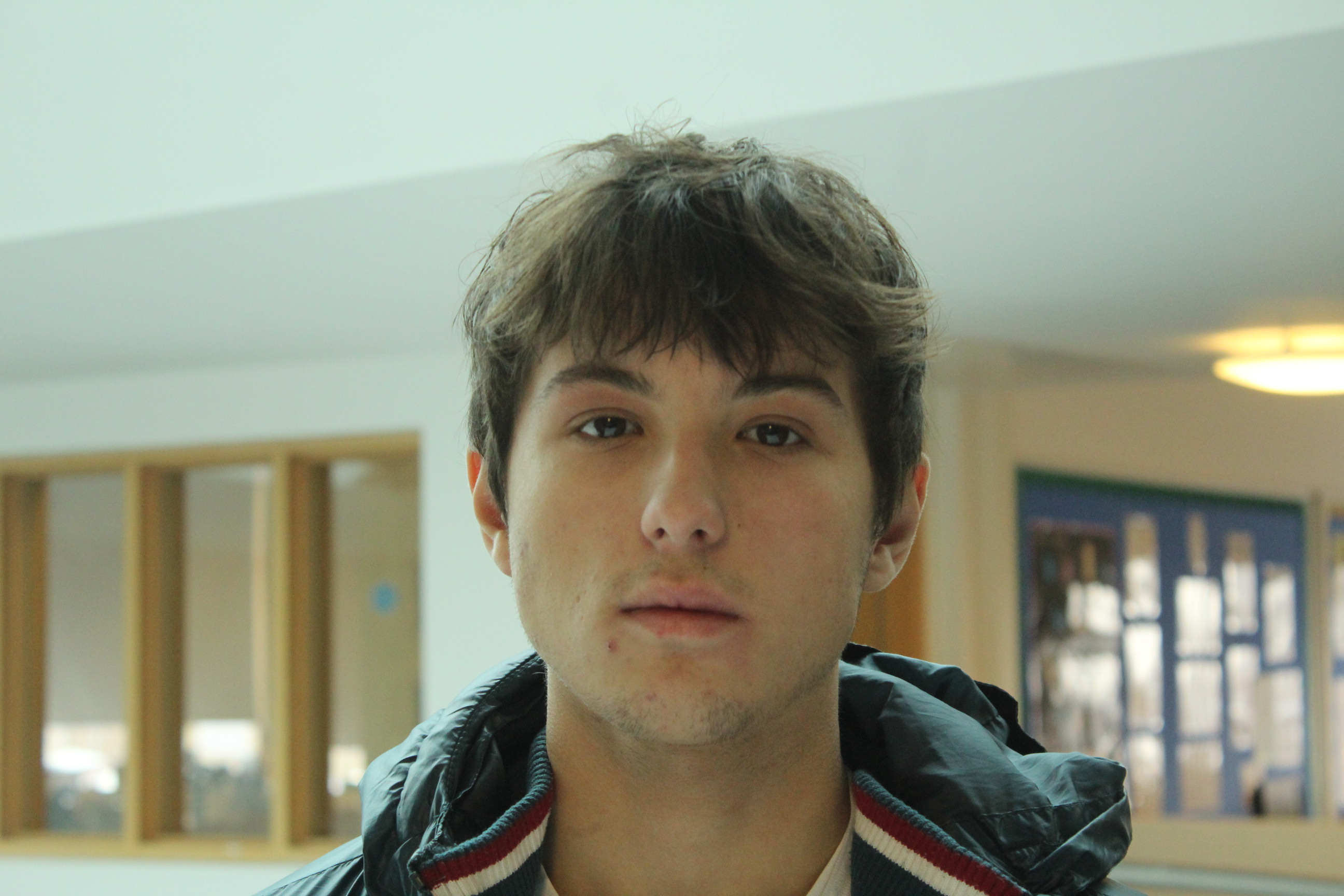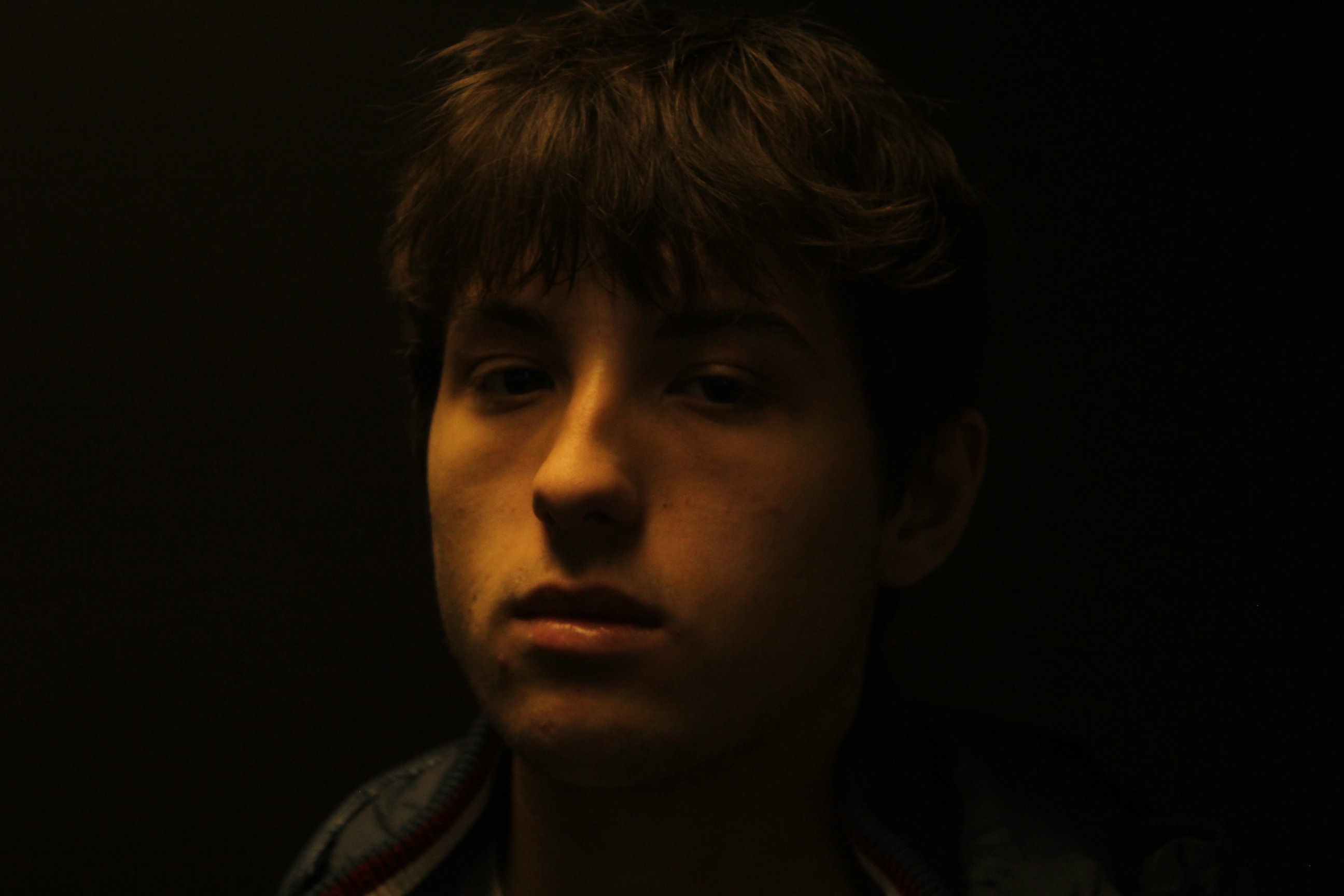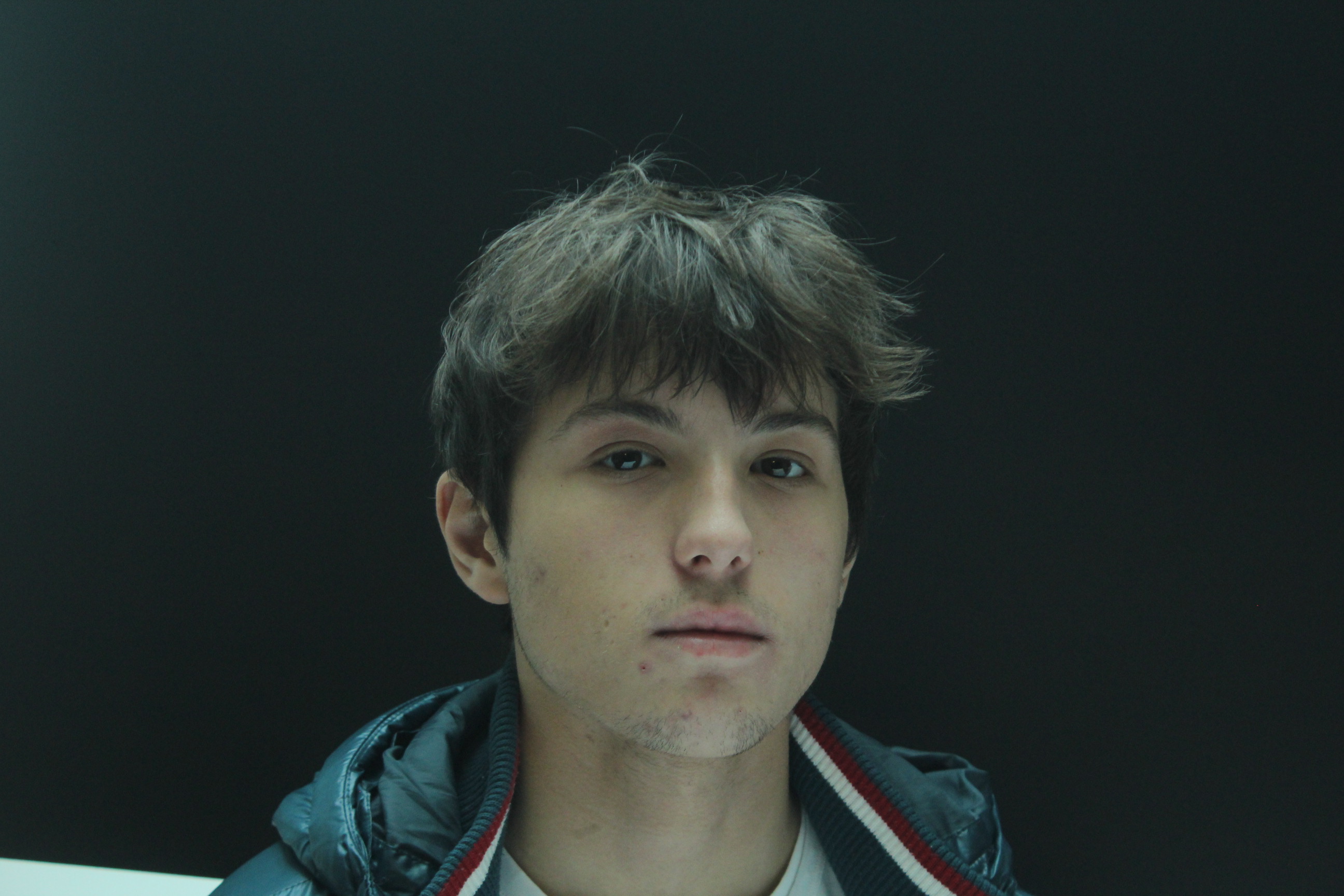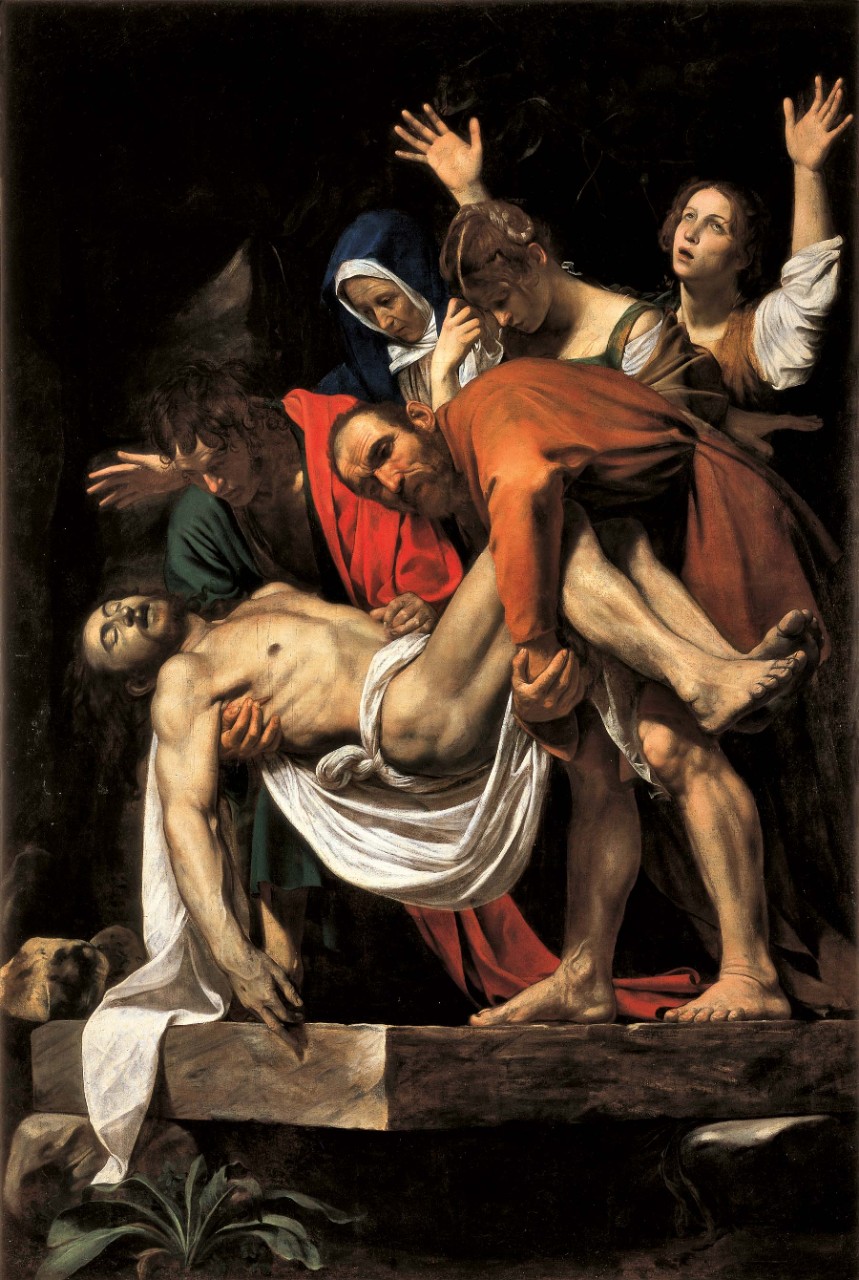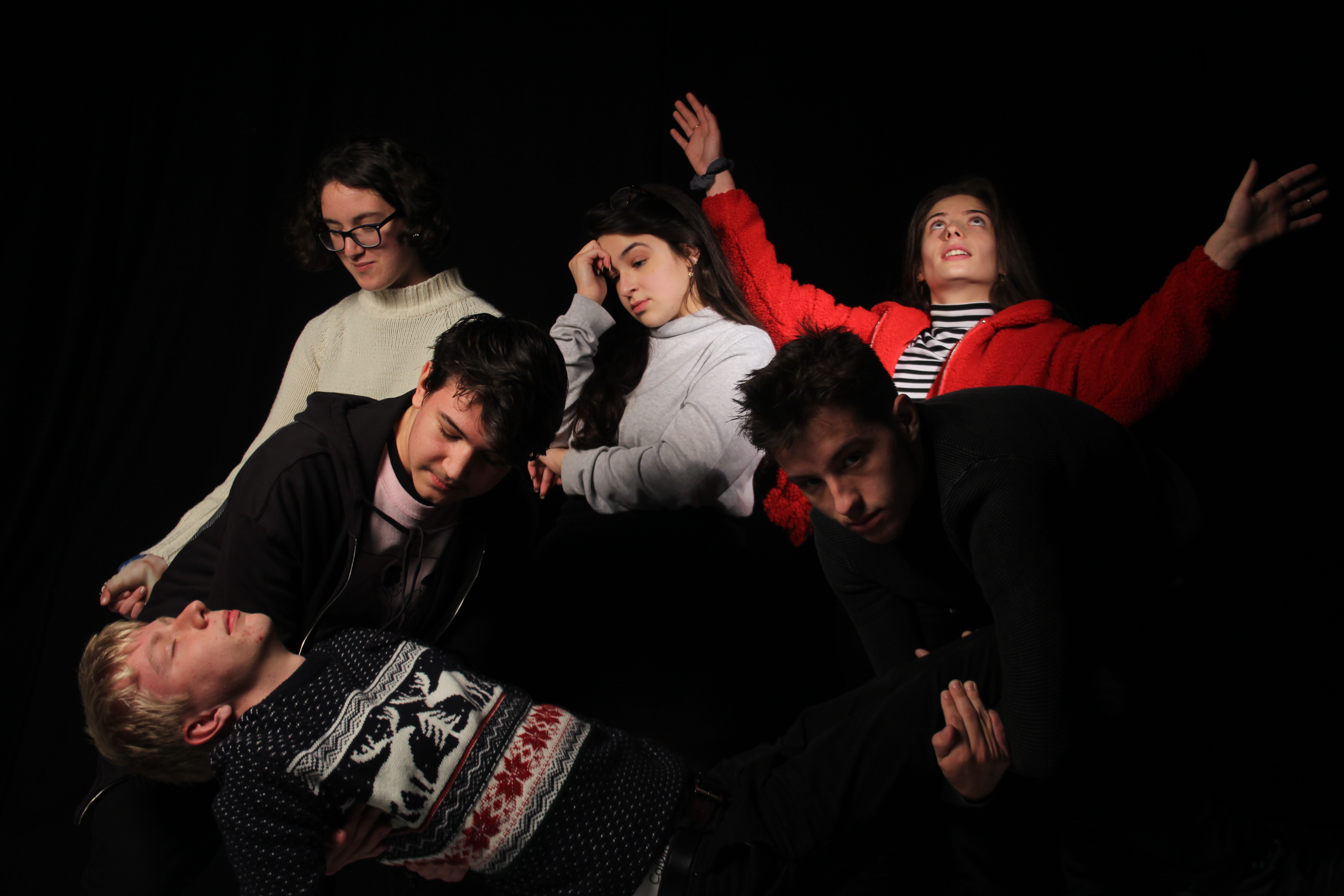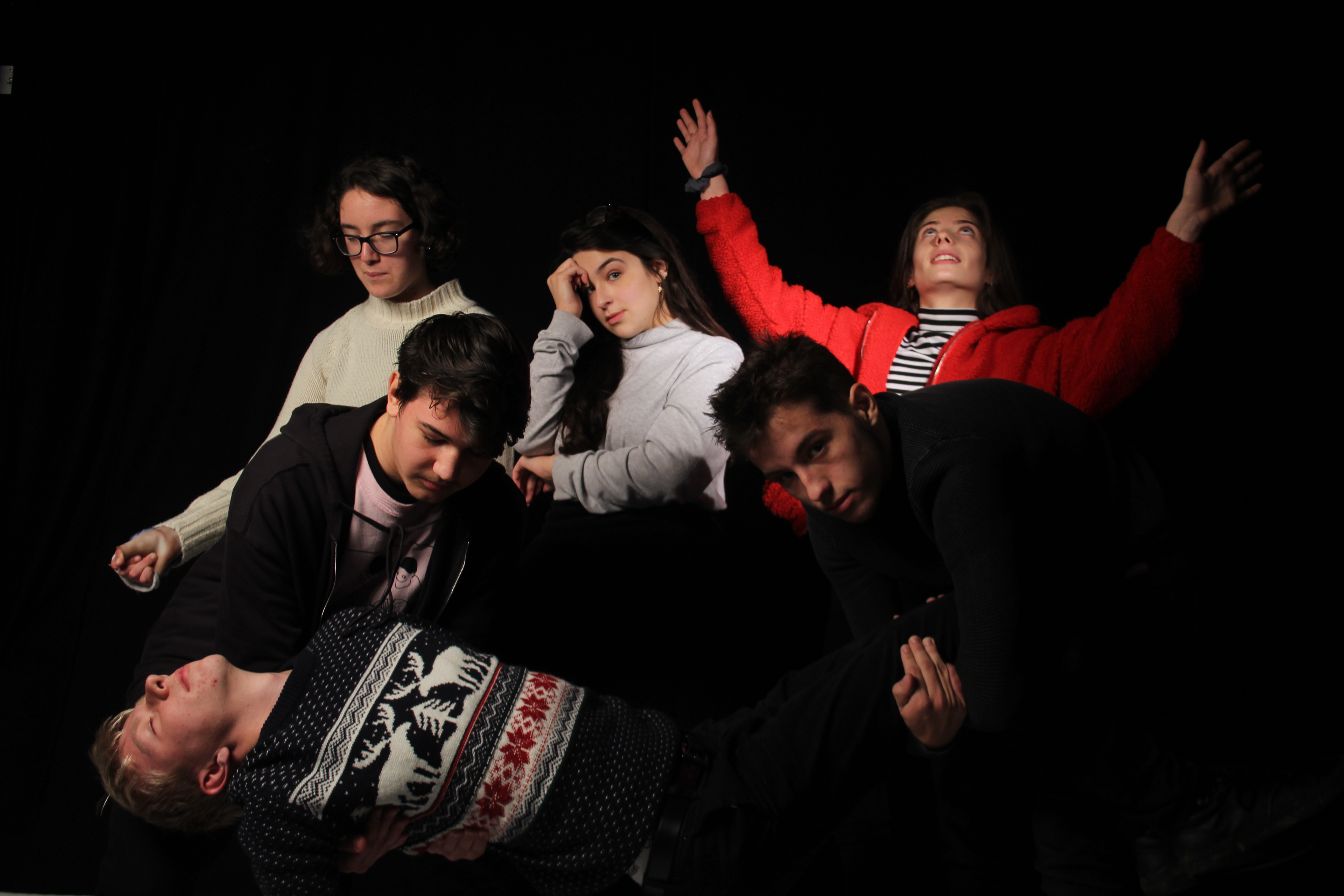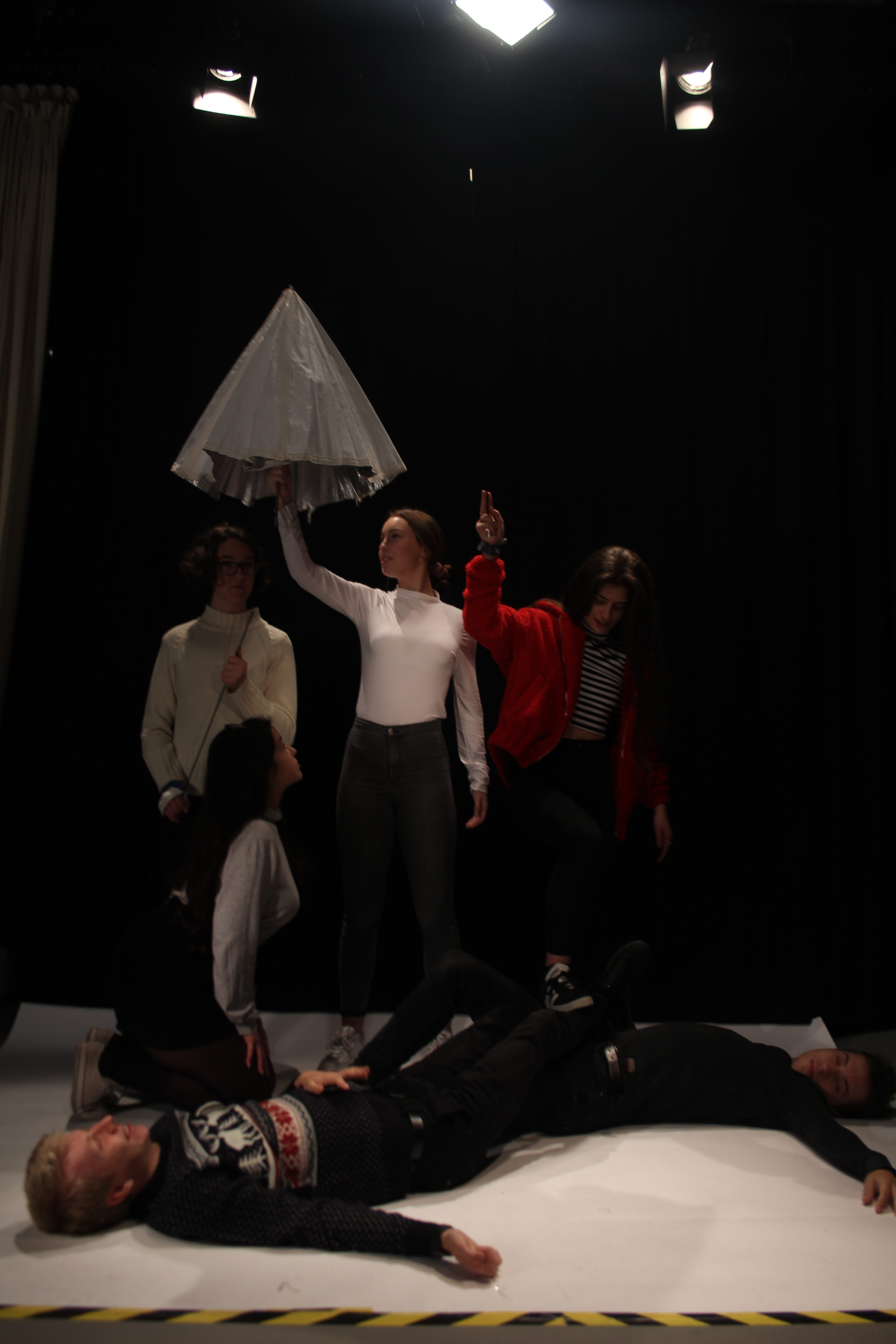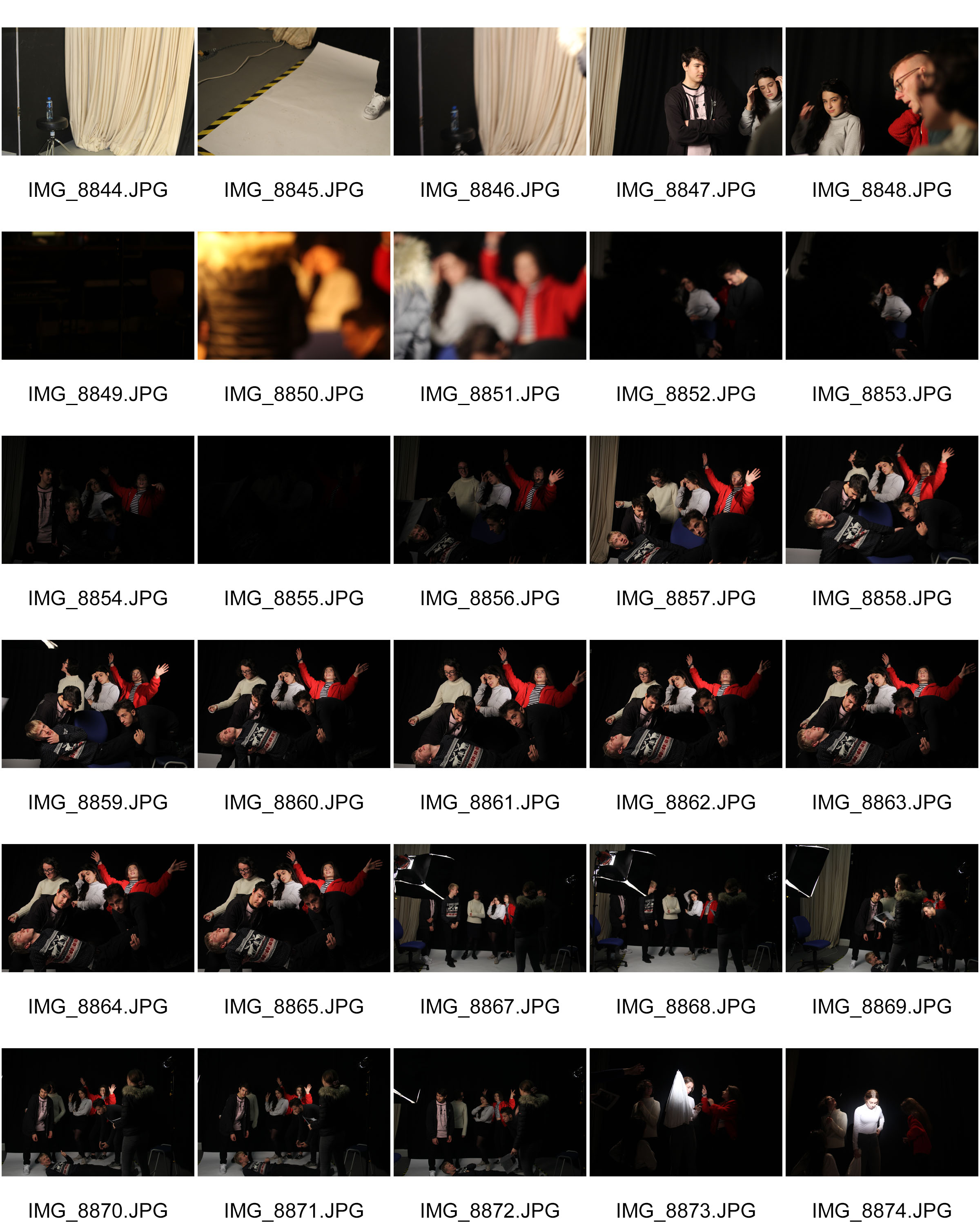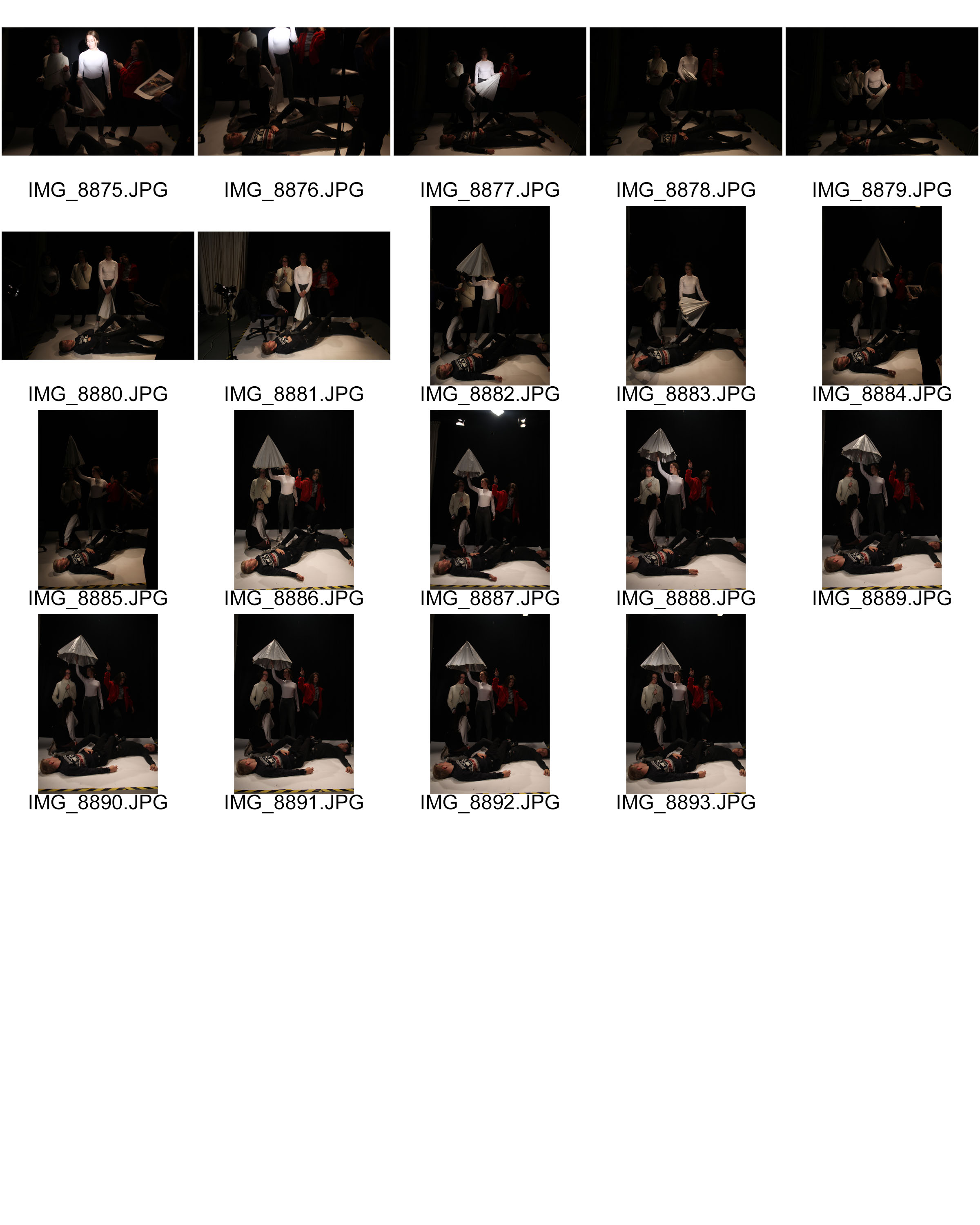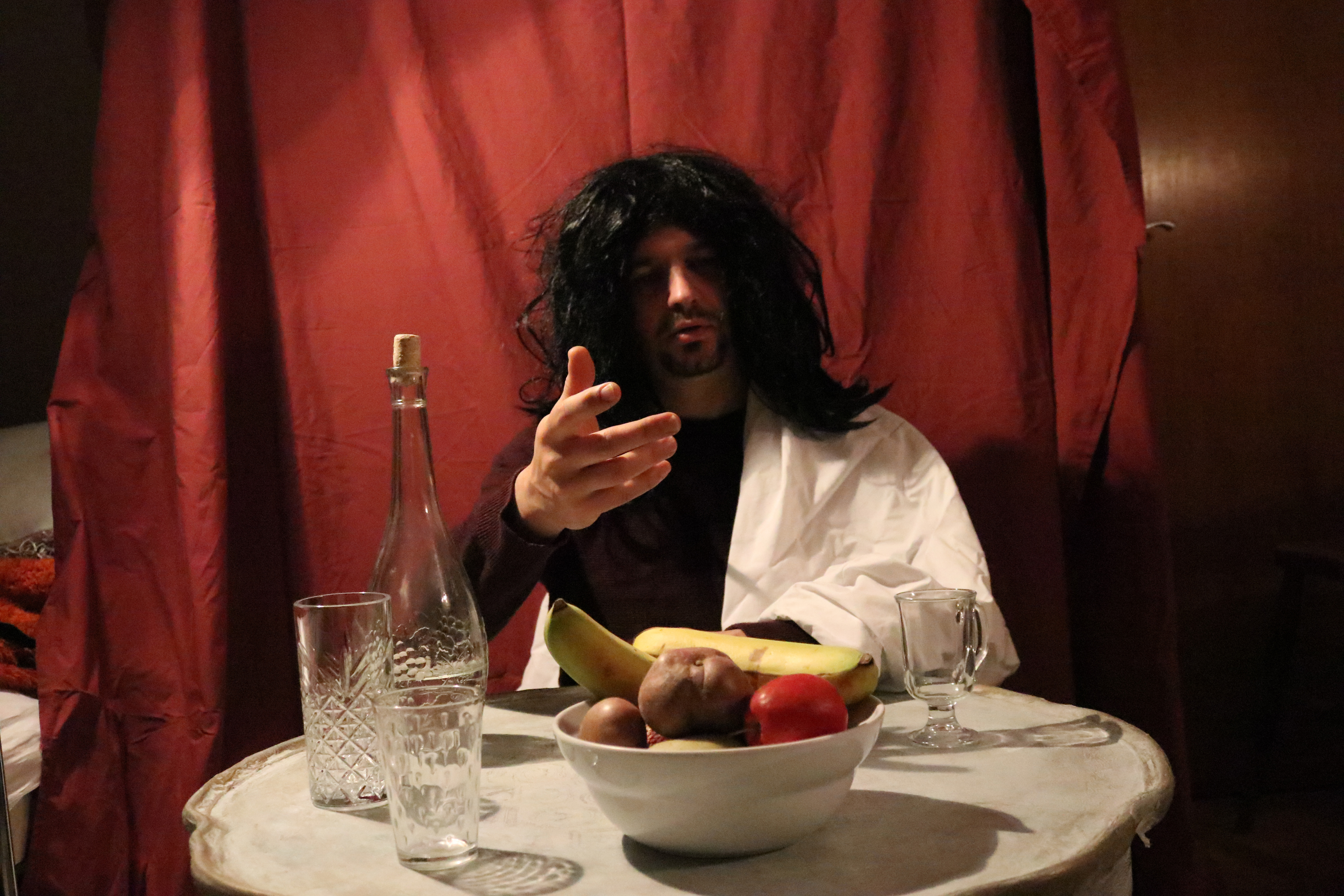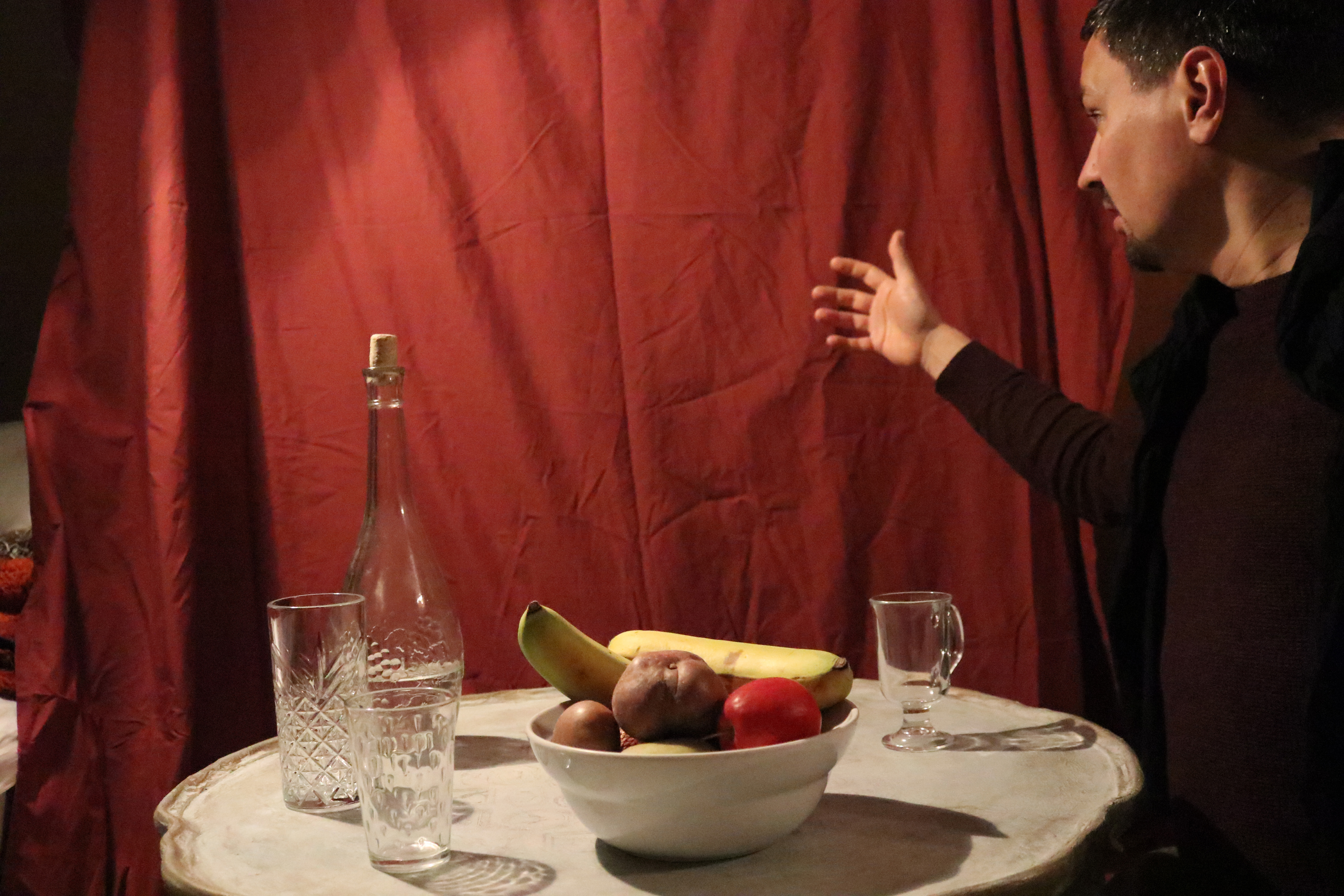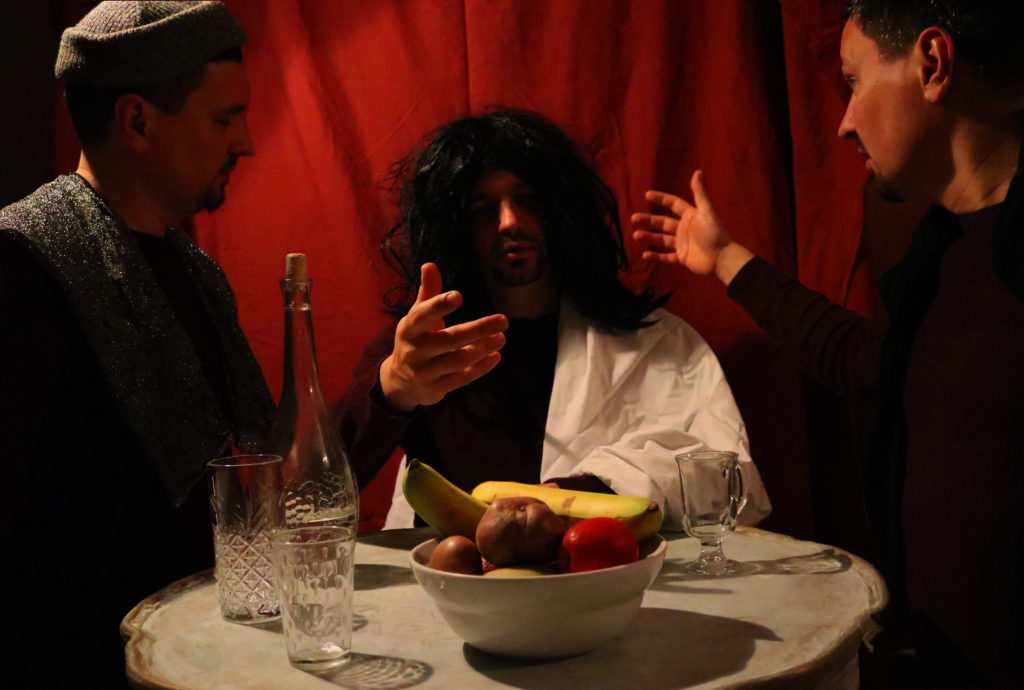About Henri Cartier-Bresson
Henri Cartier-Bresson was born on the 22nd August 1908 in Chanteloup-en-Brie, France. Henri was the oldest of five children, his father being a wealthy manufacturer, while his mothers family were cotton merchants and landowners from Normandy. Henri began his creativeness by beginning to sketch from a young age which soon led to his love of photography. However Cartier’s father assumed that he would continue on the family business but Henri was fairly set on becoming a photographer and was not keen on his fathers idea for his future. Henri tried many forms of art and began to paint after he stopped learning music.
Cartier first began painter when his uncle Louis introduced him to oil painting. to after this introduction Carriers uncle died in World Was l. In 1927 Cartier began at the private art school and Lhotel Academy. After an eventful period at the Academy Cartier-Bresson looked else where for inspiration and do find himself. That’s when he came across The Surrealist movement, founded i 1924, which was a key component to Cartier-Bresson’s photography. He would begin to meet and socialize with Surrealistic at the Cafe Cyrano, in the Place Blanche. this is where Henri began to adapt to their techniques of photography, leading to him maturing as an overall photographer.
In 1931 Cartier became extremely inspired by Hungarian photojournalist Martin Munkacsi showing three naked young African boys, caught in near-silhouette, running into the surf of Lake Tanganyika. He finally found his way and pioneered the genre of street photography and began to view photography as capturing a ‘decisive moment’. In 1952 Cartier-Bresson publish The Decisive Moment the title of The English edition of Cartier-Bresson’s photo book originally called Images a la Sauvette loosely translated as ”image on the run”, which included a portfolio of 126 photos from the West and East. Cartier-Bresson’s photography took him to many places, including China, Mexico, Canada, the United States, India, Japan, and the Soviet Union. In 1962 Cartier-Bresson was asked on behalf of Vouge to go to Sardinia where he visited an array of areas and photographed extraordinary things.
One of his famous pieces:
Emotional response:
When first looking at this image I was initially drawn to the centre of the piece where the man in the dark coat was positioned, as well as this the black and white shades were a dramatic factor to consider as I believed them to be extremely defined in the image. Due to the this drastic vibe and the specific lighting being produced the tone of this particular image to me became much darker and some what unsettling. as the dark tones seeping in through the tree almost represents the idea of being stuck and trying to escape. The man in middle to me has a dark feeling. with is long what over sized drench coat matched nicely with his top hat. He looks a fair age with his well groomed facial hair and what looks like a cigar resting in his mouth. This image to me clearly comes across as 3D with the slowly decreasing size of trees running symmetrically and respectively down each side of the photo, leading to a high aesthetic value.
Technical Response:
This image is based in a park so has streams of natural light, however not necessarily clear sky, due to the shadows the weather in the photographer looks misty and cold. Due to the specific lighting the image of the man looks some what manipulated in to the photograph and is what looks like a ‘card board cut out’ this is thanks to the daytime light shining in through behind the man whom is which strongly contrasting with the bright light due to being dressed in complete black. The image is taken as a portrait image with what i believe to be a purposeful about of over exposure, which is well balanced with the man dressed in black and the dark trees. The image has a slightly grainy texture to it telling us the light sensitiveness of the image is reasonably high.
Contextual Response:
Henri Cartier-Bresson took this image when he was part of the Magnum Photos cooperative. Working along side Robert Capa, George Rodger and David Seymour. Henri Cartier-Bresson said ”i was walking behind this man when all of a sudden he turned around” Marseille, France, 1932.
Conceptual Response:
The concept of this piece was simply Henri Cartier-Bresson going out taking photographs for Magnum’s cooperative. He clearly was focusing on street photography and managed to turn it more in to a portrait when the man in the photograph turned around and looked directly in to the camera, proving that some of the best photographs happen by accident.


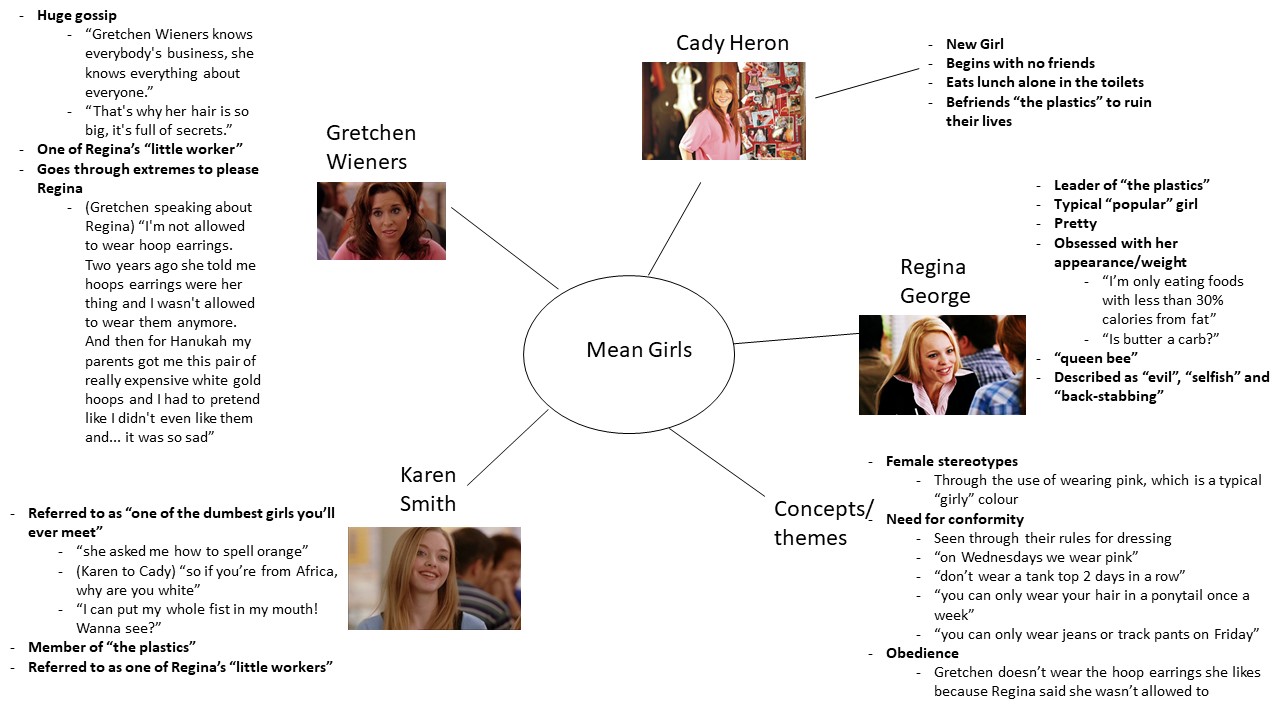

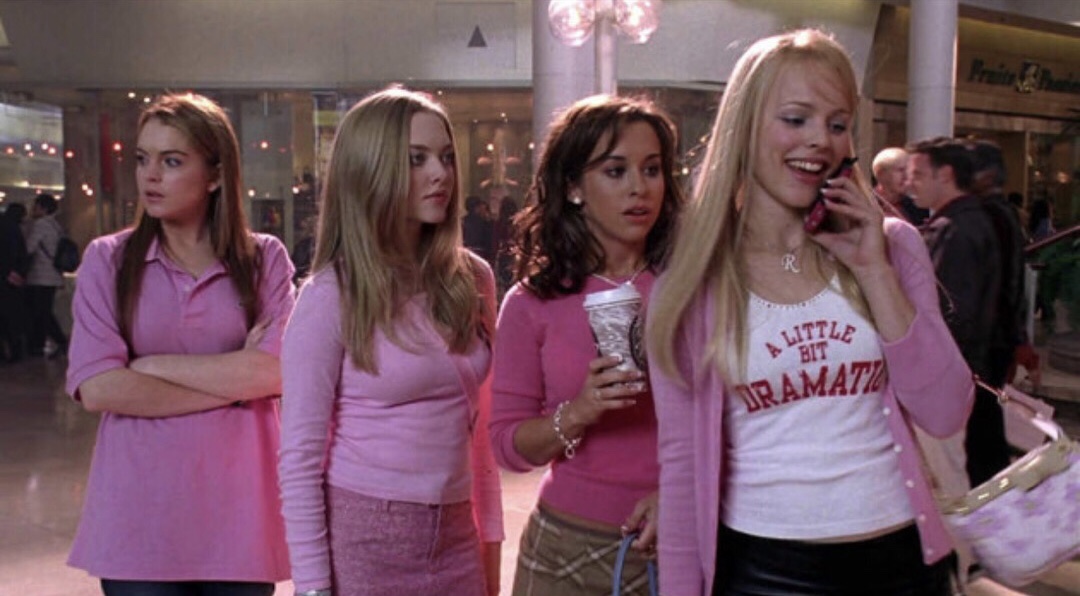
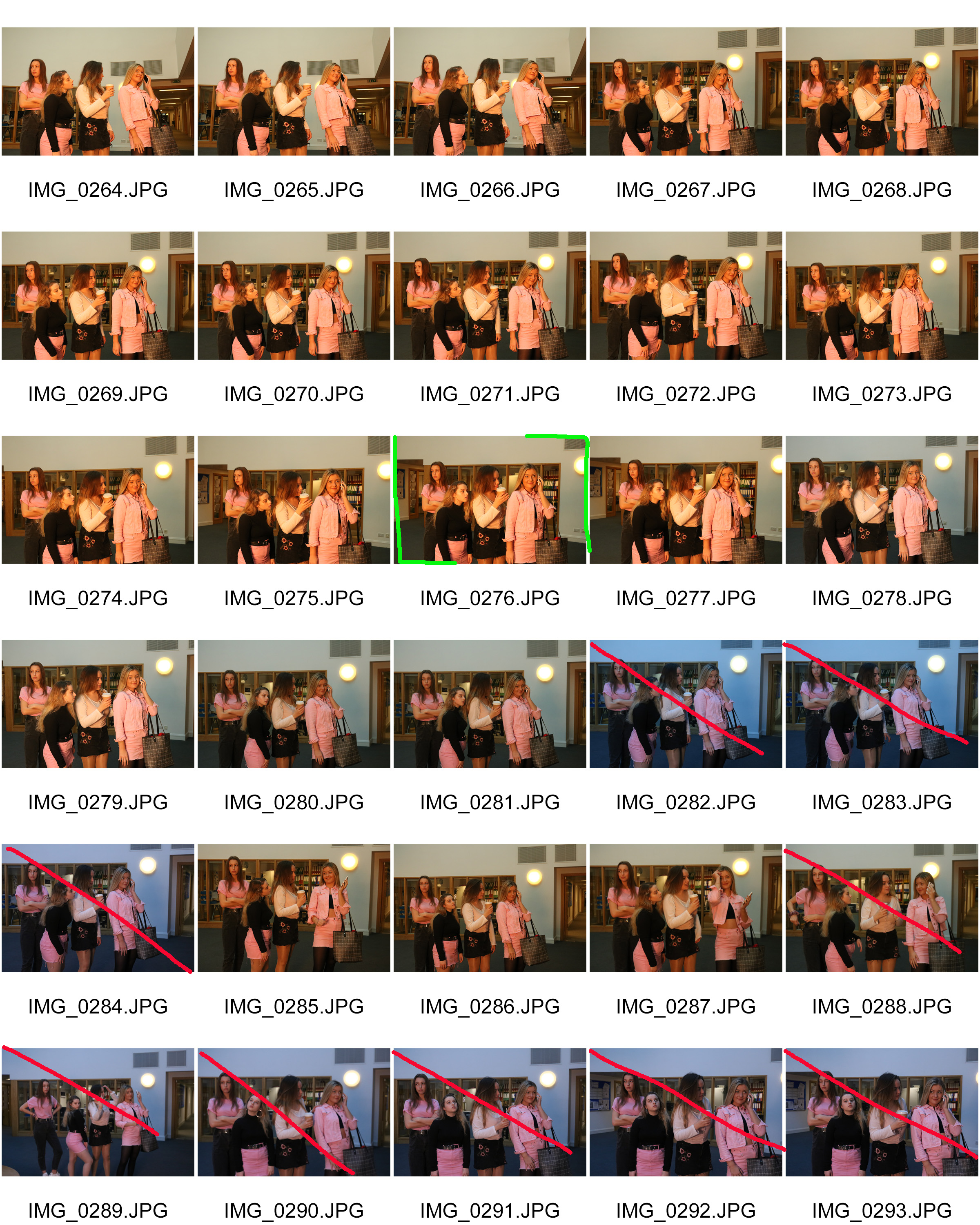
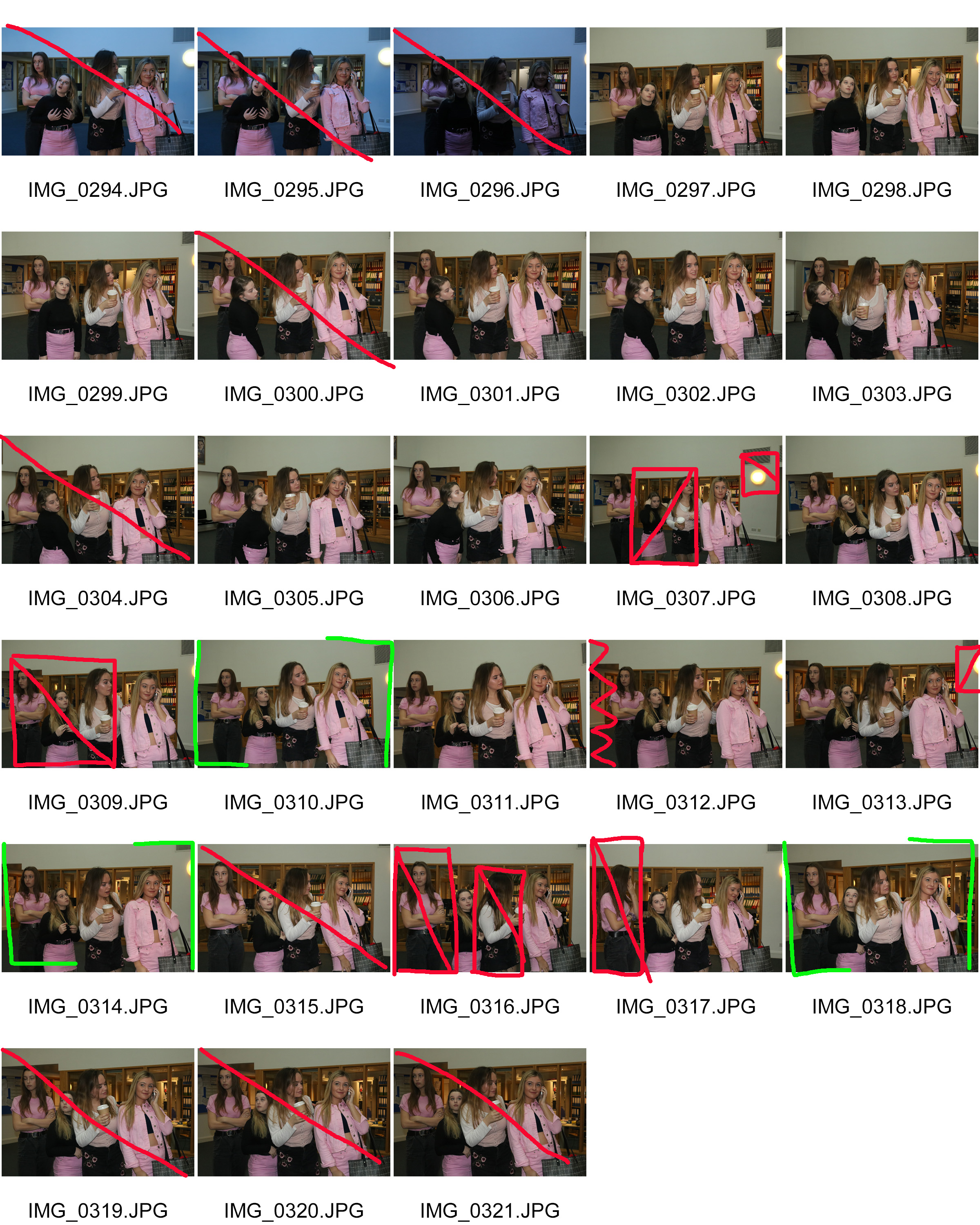
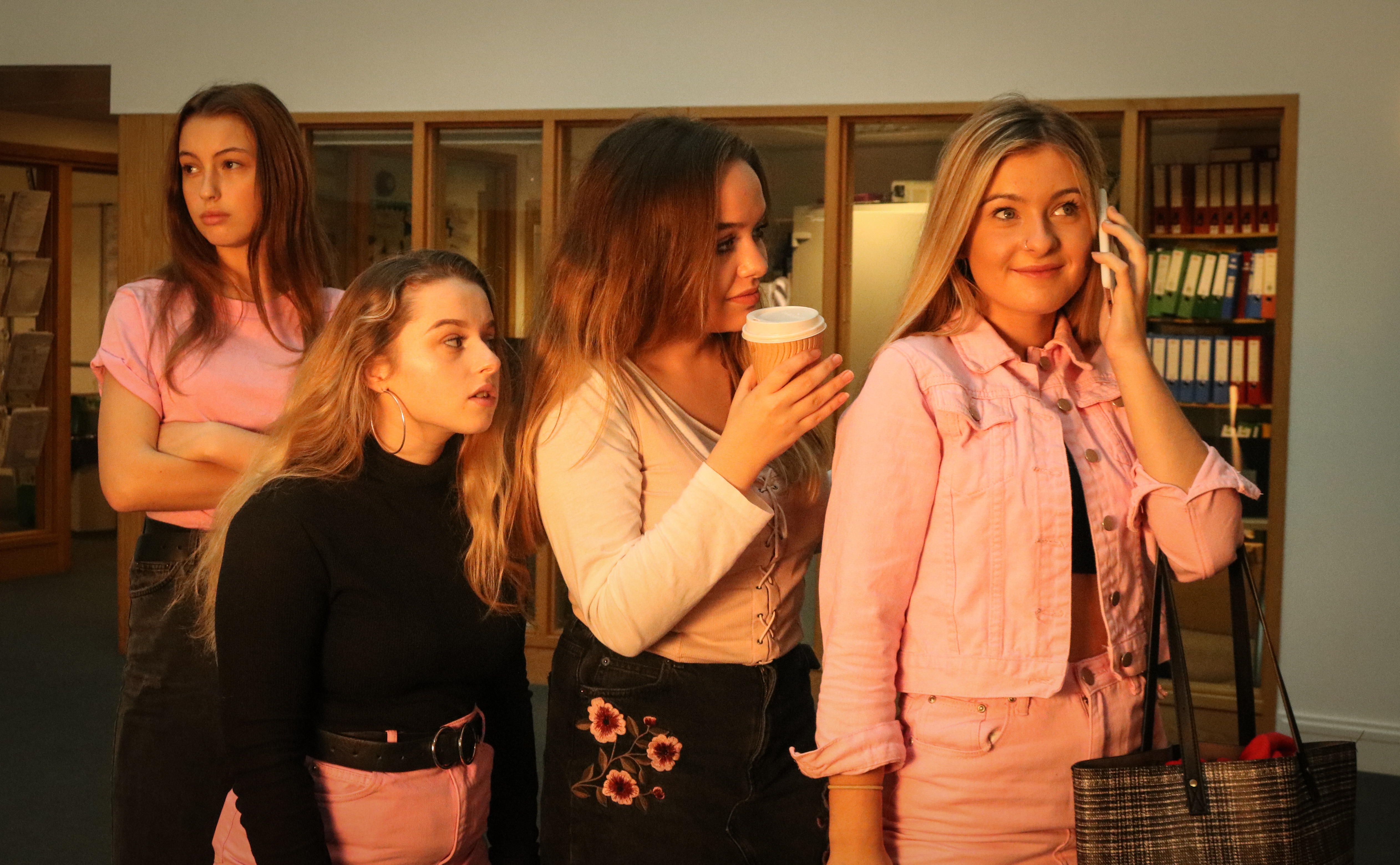
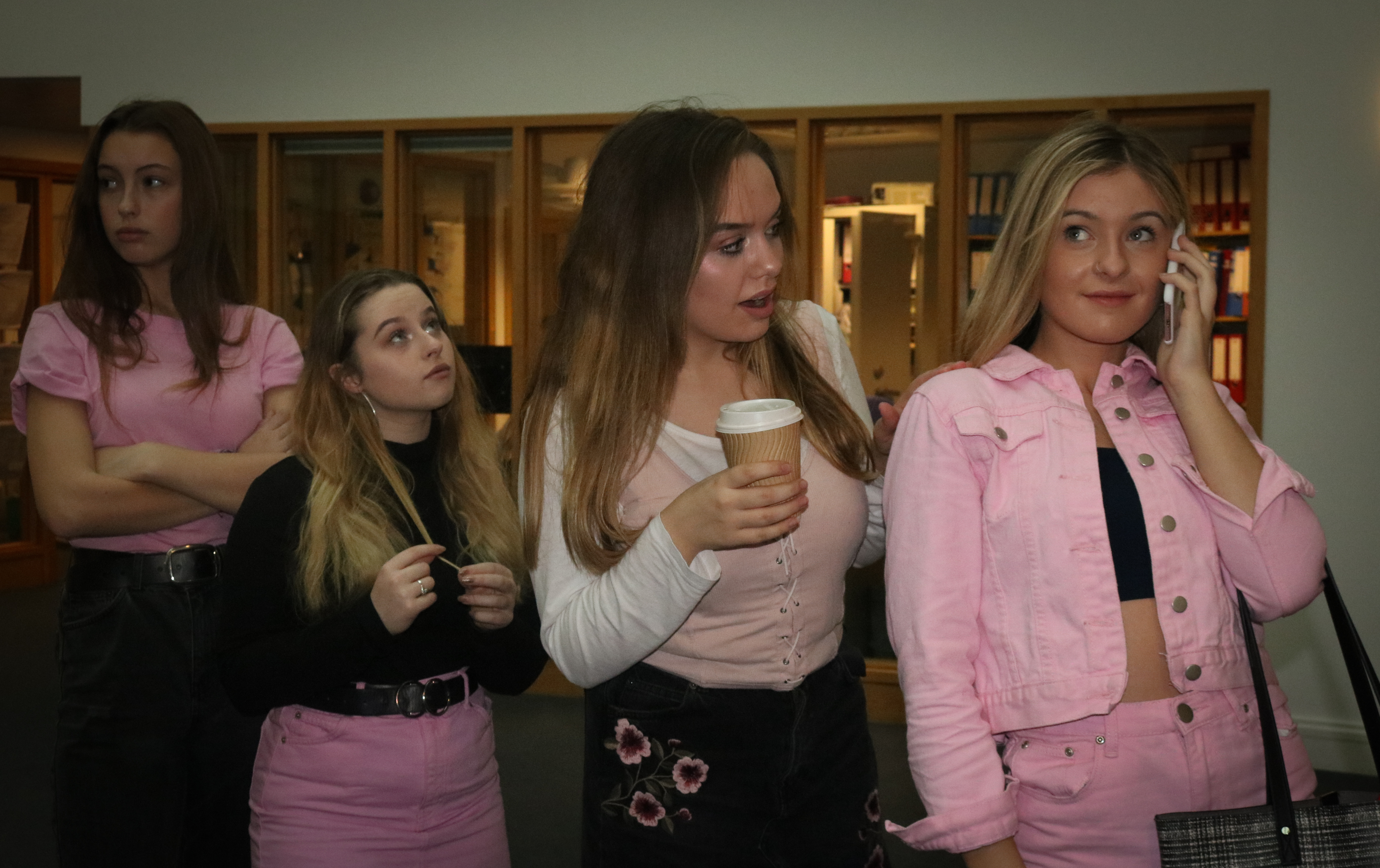 I cropped both of these images and added a slight vignette to the outside of both images to make it look more like a film scene. I decided to choose the first image as my best final outcome because it was brighter as I used a soft box light, and I thought that it had more of a similar tone to the original image.
I cropped both of these images and added a slight vignette to the outside of both images to make it look more like a film scene. I decided to choose the first image as my best final outcome because it was brighter as I used a soft box light, and I thought that it had more of a similar tone to the original image.